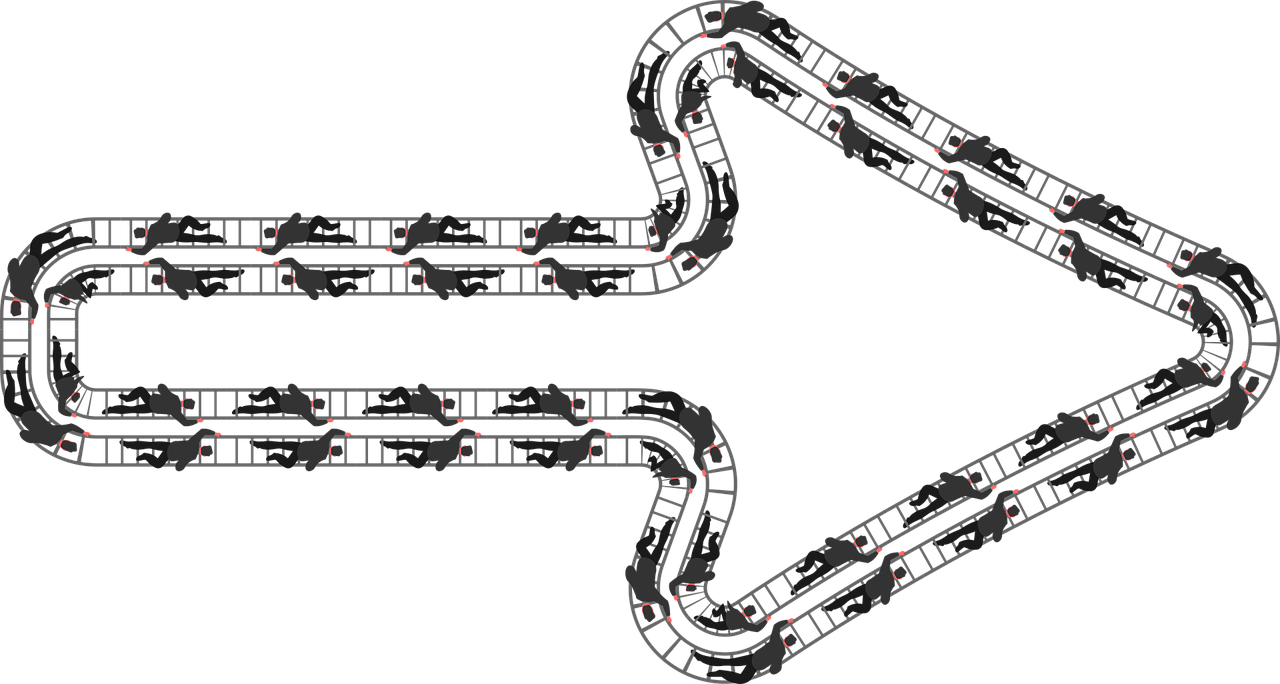How to create an seo-friendly website structure
|
IN BRIEF
|
Creating an SEO-friendly website structure is essential for boosting your site’s visibility on search engines and enhancing user experience. A well-organized architecture makes it easier for search engines to crawl and index your content while helping users navigate your site effortlessly. By implementing best practices such as simple hierarchies, descriptive URLs, and strategic internal linking, you can build a robust foundation that drives more organic traffic to your website. Understanding the key elements of effective site architecture can significantly impact your SEO performance and overall online success.
How to Set Up an SEO-Friendly Website Architecture
Creating an SEO-friendly website architecture is crucial for enhancing your online visibility and optimizing user experience. This involves establishing a clear hierarchy and organization that allows both search engines and users to navigate the site effortlessly. An effective architecture typically utilizes a “flat” structure, minimizing clicks needed to reach content, while ensuring that important pages are easily accessible. This not only makes it easier for search engines to crawl your site but also enables users to find the information they seek without confusion.
For instance, employing category pages can streamline the subjects found on your site, allowing users to browse related content easily. Additionally, maintaining a logical URL structure is essential; concise and descriptive URLs are preferable as they enhance both usability and search engine readability. Further, implementing internal links between relevant pages can boost SEO performance by distributing link equity across your website and guiding visitors through their journey. Lastly, incorporating a sitemap can greatly aid search engines in indexing your site’s content efficiently. Each of these elements works together to create a robust foundation for an SEO-oriented site.

How to Set Up an SEO-Friendly Website Architecture
Creating an SEO-friendly website architecture is essential for improving search performance and enhancing the overall user experience. A well-structured site typically involves using a flat architecture where pages are connected logically and simplistically. This design allows both users and search engine bots to navigate the site with ease. Moreover, employing category pages can help organize content effectively, ensuring that related information is grouped together. For instance, a website selling products may have distinct categories, which then lead to subpages that display specific items.
An effective URL structure is also vital, where URLs are kept short and descriptive to facilitate easy understanding by both visitors and search engines. This optimization plays a significant role in enhancing click-through rates since clearer URLs are more appealing to users. Additionally, incorporating internal links between essential pages encourages visitors to explore the website further and helps search engines index the site more thoroughly. Having a comprehensive sitemap that outlines various sections like blogs and product categories can aid in improving discoverability, making it easier for search engines to identify and crawl your content.

How to Establish SEO-Friendly Website Architecture
Best Practices for Structuring Your Site
Creating a well-structured website is crucial for enhancing search engine optimization (SEO) and improving user experience. An effective site architecture should be designed simply yet robustly, allowing both users and search engines to navigate effortlessly. For instance, starting with a flat site structure helps to minimize the number of clicks needed to reach any page, facilitating easy access to important content.
Implementing a logical hierarchy is another practical aspect that can significantly impact SEO. By organizing your site into clear categories that lead to subpages, visitors can find what they are looking for without confusion. For example, a blog might have categories like “Tech,” “Health,” and “Lifestyle,” each with appropriately structured subcategories.
- Use short and descriptive URLs that reflect the content of the page.
- Create distinct category pages to categorize content logically.
- Utilize internal links to connect related pages and guide users.
- Develop a comprehensive sitemap that includes all vital sections of your website.
Additional points to consider include optimizing the site for mobile devices, ensuring that header tags are used effectively for better readability, and maintaining a clean URL structure. Each element is essential for boosting the site’s visibility on search engines and providing a seamless user experience.
Creating an SEO-Friendly Website Architecture
To establish a well-optimized website, it’s crucial to implement a robust and SEO-friendly architecture. Begin by opting for a flat site structure that simplifies navigation for users and search engines alike. This can enhance user experience and decrease the bounce rate. Keep your website navigation straightforward and intuitive to help visitors find what they need quickly.
Incorporating category pages is essential for organizing content. By establishing a clear hierarchy, you can effectively categorize your content into distinct sections while ensuring that related subpages remain accessible. This not only improves usability but also aids search engines in crawling your site.
URL structure plays a significant role in SEO as well. Use short, descriptive URLs that clearly reflect the content of each page. An appealing URL is more likely to attract clicks and improve your site’s overall user engagement. Additionally, utilize internal links to guide users to related content, enhancing the site’s navigability and bolstering the SEO strategy.
Furthermore, implementing a comprehensive sitemap can significantly improve search engine visibility. It’s advisable to create different sitemaps for various sections of your site, such as products, blogs, and categories, to ensure that search engines thoroughly index your content.
For optimal performance, ensure your site is structured with header tags that not only aid in the readability of your content but also signal the importance of sections within your page to search engines. This is crucial for establishing a clear content hierarchy and improving overall user experience. For more details on header tags, you can refer to this resource on header tags importance.
For a deeper understanding of how to create an SEO-friendly website, consider exploring guidelines that encompass various aspects of web development. Resources such as how to make an SEO-friendly website and Hostinger’s guide provide valuable insights.
Overall, building a well-structured site architecture is essential to enhance your SEO efforts and ensure a seamless experience for your audience. Remember, it’s not just about attracting visitors; it’s about engaging them effectively.

Creating an SEO-friendly website structure is essential for enhancing your online visibility and user experience. To begin, it is crucial to establish a simple hierarchy that organizes content into clearly defined categories and subcategories. This logical categorization not only helps search engines index your site efficiently but also allows users to navigate easily.
Utilizing short and descriptive URLs can significantly improve user interaction, as these URLs provide clarity about the content they represent. Additionally, employing internal links between critical pages on your site enhances connection and helps distribute page authority, fostering better search rankings.
Incorporating sitemaps ensures that search engines can discover all important pages on your website, making it easier for users and bots alike to find relevant information. The implementation of these elements, from a flat site architecture to strategic linking, is fundamental in creating a strong SEO-friendly framework that can support ongoing content growth and adaptability in the evolving digital landscape.














Post Comment